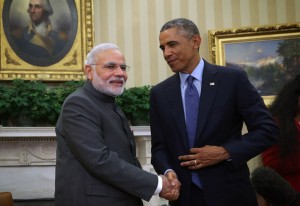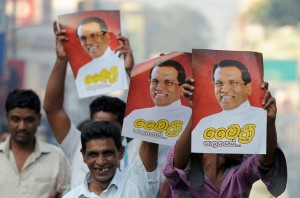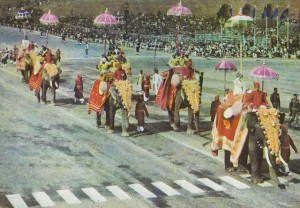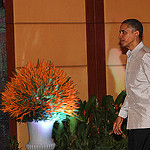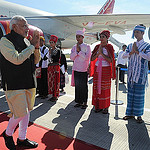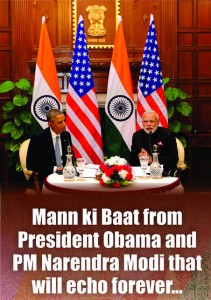
U.S. President Barack Obama’s visit to India as the chief guest for the Republic Day celebration was rich in history and pageantry, and produced a wider array of serious agreements than many observers had expected. Perhaps its biggest accomplishment, however, was to take a big step forward in the degree of comfort both countries feel about this complicated relationship. Now the hard work begins.
Read our article published January 29, 2015, on the Web site of Gateway House in Mumbai.


